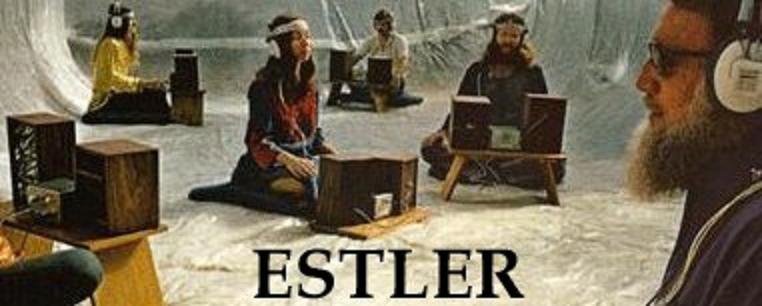Kodak's Aerochrome color infrared film was developed by the U.S. military in the 1940s for camouflage detection. It reveals a part of the light spectrum that is invisible to the human eye, producing a unique color palette that artists, like Jimi Hendrix and Frank Zappa, would use for a psychedelic effect on album covers years later.
It's not an easy film to use, even in the best of circumstances. Working in Congo, a country with few paved roads or tourist infrastructure, was "very difficult," Mosse writes in an email. He has worked in challenging environments like Iraq and Haiti before. Mosse preferred to shoot the series in Congo's rainy season, during which "the landscape turns into a sublime assault course — frail humanity versus overwhelming equatorial forces of nature. Think plane crashes, hemorrhagic fever, malaria, cars driving off cliffs."
Mosse had never used infrared film before shooting Infra, currently a solo exhibition at Jack Shainman Gallery in New York City. He says using the film "has been an endless trial, negotiating my own inadequacy with a military reconnaissance technology that registers a type of light that is invisible to the human eye." And since this light is invisible, he writes, "I was literally photographing blind. The film places me at the limits of representation, the points at which not just photography but perception itself begins to fail."





No comments:
Post a Comment